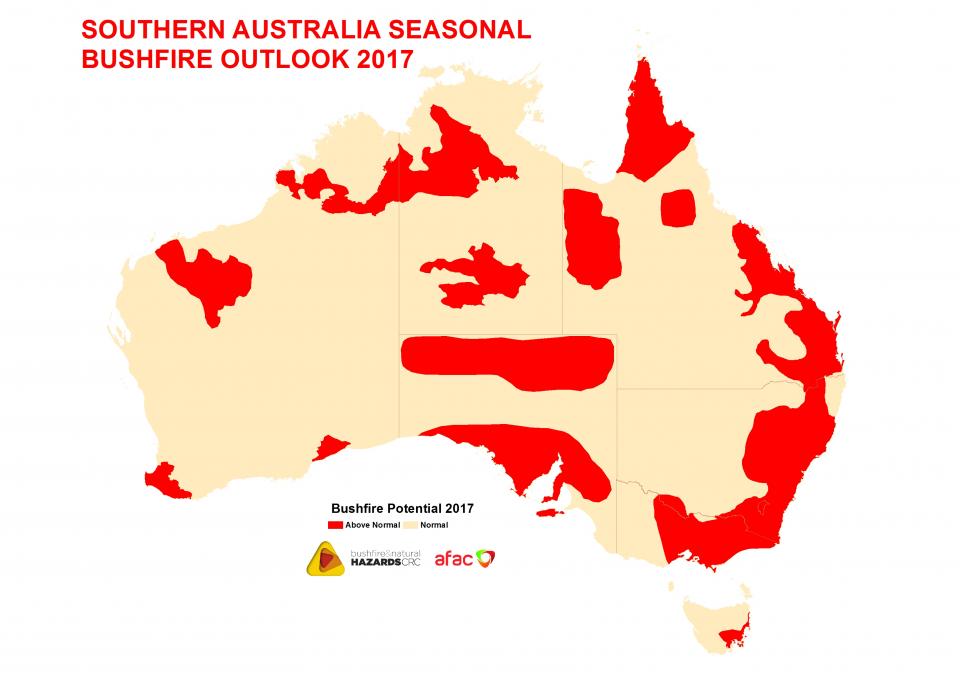Beyond Conformity: Enhancing Residential Property Security with a Thorough BAL Report Evaluation
Beyond Conformity: Enhancing Residential Property Security with a Thorough BAL Report Evaluation
Blog Article
Ensuring Bush Fire Protection Via Correct BAL Report Analysis
In the world of bush fire security, the meticulous analysis of Bushfire Attack Level (BAL) records stands as a keystone for protecting properties versus the terrible impact of wildfires. With ecological elements and home attributes playing substantial functions in identifying the degree of risk, a complete understanding of BAL rankings becomes essential. However, the real essence lies not simply in understanding these reports but in understanding them effectively to formulate tailored fire protection approaches. By diving into the significance of BAL record evaluation, we reveal a realm where educated choices pave the path in the direction of bolstering building safety and security and resilience in fire-prone regions.
Recognizing Bushfire Assault Level (BAL)
In the realm of bushfire security, understanding the Bushfire Strike Level (BAL) is extremely important for making certain effective mitigation strategies. Understanding the BAL ranking of a home is vital for home contractors, policymakers, and proprietors to implement proper procedures to safeguard versus bushfire risks.

Value of BAL Report Evaluation
An essential aspect in bushfire protection preparation entails the detailed analysis of BAL reports to examine the potential threats and figure out proper mitigation techniques. BAL records give critical information about the potential impact of bushfires on a building based upon various factors such as greenery type, range to prospective fire threats, and slope of the land. Analyzing these records with precision is extremely important in developing effective bushfire protection measures customized to the certain danger account of a home.
Applying Fire Security Steps
Executing efficient fire security procedures is crucial for protecting homes in bushfire-prone locations. This entails clearing up flammable plant life, such as dry leaves and branches, within a specific distance of the building.
Additionally, having a properly maintained and appropriate water supply, such as a storage tank or swimming pool, can help firefighters in their initiatives to protect the residential property. BAL Report. On the whole, implementing a combination of these fire protection procedures can significantly increase the possibilities of securing buildings throughout bushfire occasions.
Mitigating Dangers in Fire-Prone Locations
To fortify properties versus bushfire risks, a calculated focus on mitigating risks in fire-prone locations is critical. One critical facet of risk reduction is maintaining defensible area around residential properties by removing combustible plants, guaranteeing appropriate spacing between structures and trees, and utilizing fireproof landscaping practices.
Moreover, creating or retrofitting structures with fire-resistant products and making sure proper maintenance of roof coverings, gutters, and outside cladding can significantly boost the property's resilience to bushfires. Establishing and exercising a bushfire emergency situation plan with all passengers, consisting of emptying treatments and interaction strategies, is also important in mitigating dangers successfully. By taking on a positive strategy to run the risk of reduction in fire-prone areas, homeowner can much better secure their possessions and boost total bushfire preparedness.
Ensuring Residential Property Safety and Strength
Guaranteeing the safety and security and strength of residential properties in fire-prone areas requires a steadfast commitment to robust safety nets and strategic planning. Residential or commercial property her comment is here security starts with implementing reliable actions to lower fire hazards. This includes maintaining a defensible area around the residential property by removing combustible plants, making sure correct maintenance of seamless gutters and roof coverings, and using fireproof structure products. Regular upkeep of firefighting tools, such as hose pipes and lawn sprinkler, is additionally critical to home durability.
Strength, on the other hand, involves the capacity of a residential or commercial property to withstand and recuperate from a bushfire. This can be enhanced via the setup of ash guards on vents and windows, ensuring that entry points for ashes are lessened. Furthermore, having a well-balanced evacuation plan and exercising it frequently can substantially raise residential property strength. Collaborating with next-door neighbors and regional fire authorities can likewise bolster the safety and security and resilience of buildings in fire-prone areas. By proactively resolving these aspects, homeowner can better shield their properties and loved ones from the risk of bushfires.
Conclusion
To conclude, ensuring bushfire protection with proper BAL record analysis is critical for understanding the degree of threat posed by bushfires and carrying out needed fire protection actions. By alleviating threats in fire-prone locations and making certain residential or commercial property security and resilience, neighborhoods and people can better plan for and react to bushfire events. It is critical to focus on fire safety measures to shield lives and home in these risky environments.
In the world of bush fire protection, the meticulous evaluation of Bushfire Strike Degree (BAL) records stands as a foundation you could try this out for guarding residential or commercial properties against the destructive impact of wildfires (BAL Report). Recognizing the BAL score of a building is important for residential or commercial property contractors, proprietors, and policymakers to execute suitable measures to guard official source versus bushfire risks

BAL reports offer critical information regarding the potential impact of bushfires on a property based on different factors such as greenery kind, range to potential fire threats, and incline of the land (BAL Report). On the whole, implementing a mix of these fire protection steps can dramatically increase the possibilities of securing residential or commercial properties during bushfire occasions
Report this page